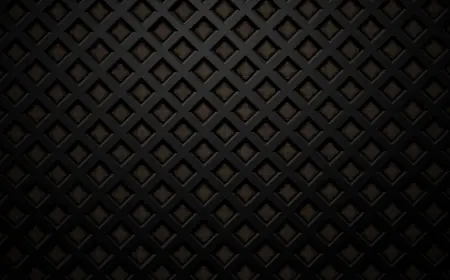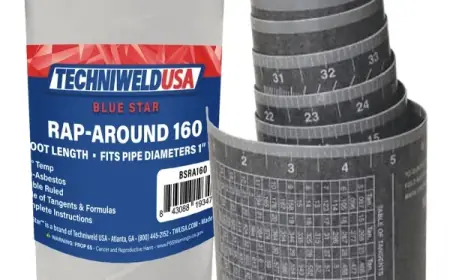Deccan Miniature Painting: A Regal Fusion of Culture, Color, and Devotion
Whether as a celebration of form, a revival of craft, or a spiritual expression, continues to captivate. Thanks to platforms that champion such cross-pollination, this form remains vibrant and relevant, breathing new life into India’s sacred visual culture.
Reimagining Tradition: The Rise of Deccan Miniature Paintings in Contemporary Pichwai Art
In the evolving world of devotional Indian art, a quiet yet powerful transformation is underway — one that blends the legacy of centuries-old practices with contemporary interpretations. At the heart of this revival is the Deccan Miniature Painting, a nuanced and visually rich form that has found renewed significance through the lens of Pichwai art.
The Roots of Deccan Paintings
Deccan Miniature Painting emerged in the southern regions of India, particularly in the courts of the Deccan sultanates. Known for its opulent palette, stylized forms, and poetic aesthetics, this art style traditionally depicted scenes from mythology, royal life, and nature. Its distinctive use of gold, silver, and intricate brushwork gives it a unique charm that distinguishes it from its northern counterparts.

In recent years, the world of Pichwai Tradition has welcomed this refined visual language. Pichwai paintings, known for their depictions of Lord Shrinathji and themes rooted in the Pushtimarg sect, have historically been rendered on large textile canvases. These artworks are typically displayed in temples, especially in Nathdwara, Rajasthan. However, innovations by visionary curators and artists have led to new methods of storytelling — including the adaptation of Deccan Miniature Painting.
The Art of Miniaturization and Reinvention
The modern adaptation of Deccan Painting within the Pichwai framework marks a significant creative evolution. Institutions like PTB (Pichwai Tradition & Beyond) have played a critical role in this movement by encouraging the deconstruction and miniaturization of traditional Pichwai forms. When applied to paper, rather than cloth, the Deccan-inspired Pichwais evoke an old-world charm that is both nostalgic and refreshingly modern.
This miniaturization serves multiple purposes. First, it allows for a more intimate viewer experience, often showcasing divine scenes in intricate detail on small formats. Second, it provides livelihood to skilled miniature painters, many of whom are masters of fine brushwork but lacked platforms to showcase their talent. In these reimagined pieces, the themes remain familiar — Krishna, gopis, kadamba trees, and cows — but the scale and treatment are transformed. Trees take center stage, rendered with delicate, shimmering leaves, and sacred cows are placed in rhythmic geometric patterns, creating a hypnotic visual flow.
The Role of Pichwai Art by Pooja Singhal
An instrumental figure in this artistic revival is Pichwai Art by Pooja Singhal. Her approach involves reinterpreting classical elements with sensitivity and innovation. By bringing Deccan Miniature Painting into the world of Pichwai, she has opened new creative possibilities that still pay homage to the devotional roots of the genre. Her studio not only preserves tradition but also pushes it into contemporary realms, making it more accessible to modern audiences and collectors.

Conclusion: A Living Tradition Reinvented
Today, Deccan Miniature Painting is more than a historical artifact — it’s a living, breathing artistic language. Through its integration with Pichwai art, it transcends regional and historical boundaries, offering a fresh take on timeless spiritual narratives. Whether as a celebration of form, a revival of craft, or a spiritual expression, continues to captivate. Thanks to platforms that champion such cross-pollination, this form remains vibrant and relevant, breathing new life into India’s sacred visual culture.
What's Your Reaction?
 Like
0
Like
0
 Dislike
0
Dislike
0
 Love
0
Love
0
 Funny
0
Funny
0
 Angry
0
Angry
0
 Sad
0
Sad
0
 Wow
0
Wow
0

















































